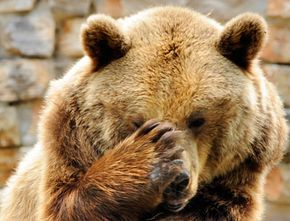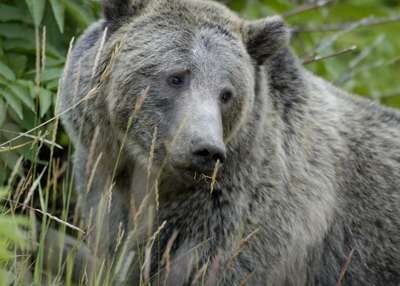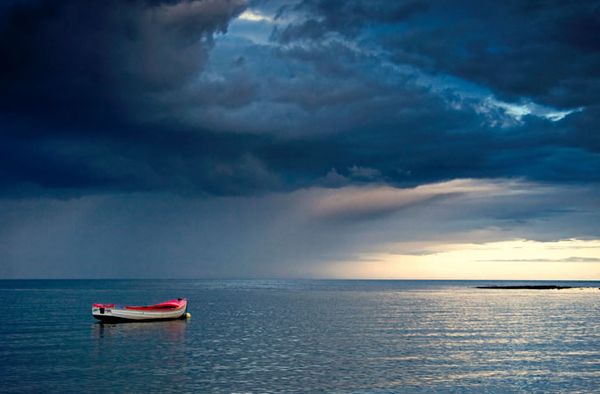In the late 1980s, a young man from California went into the bears -- his name was Timothy Treadwell. He'd recently recovered from a drug overdose and went to view the bears on a recommendation from a friend. Treadwell went on to spend 13 summer seasons observing the bears and came to be known as the "Grizzly Man." He achieved a fair amount of notoriety through his self-penned book and multiple TV talk show appearances. Discovery Channel aired an eight-episode series in August 2008 called "The Grizzly Man Diaries" that showed how Treadwell documented much of his time among the bears with a video camera. That show and filmmaker Werner Herzog's 2005 documentary, "Grizzly Man," offer a fascinating up-close look at the dedicated, if somewhat misguided, naturalist.
What makes Treadwell's story so riveting is not that he lived with grizzly bears -- it's what happened to him at the end of his 13th season. On October 5, 2003, Treadwell and his girlfriend Amie Huguenard were attacked, killed and partially devoured by one of the bears he lived with and loved. Even more startling, the audio of the attack and Treadwell's final six minutes of life were captured on tape by his video camera.
Advertisement
Many felt that Treadwell helped to raise awareness for the preservation of these animals. Others felt that he was a danger to the bears and anyone else who followed in his footsteps. No matter what, there's little doubt that if Treadwell had been armed with bear spray, he would have had a much better chance at surviving a bear encounter. Treadwell carried the pepper spray for protection on many of his trips, but ceased to bring it along beginning several summers before he was killed.
In the entire 20th century, 44 people were killed during bear attacks in the United States and Canada. Twenty-nine of these attacks came in the 1990s, and 11 fatal attacks occurred between 2000 and 2005 [source: ejmagazine.com]. This shows that the number of attacks is on the rise, most likely because people and bears are sharing space like never before. We have a desire to be one with nature, there's no doubt. Because of this, we should respect the dangerous predators in the woods where we camp, hike, hunt and fish, and take precautions to avoid harm to ourselves and the animals. Bear spray is safe, easy to use, and studies show that it's the best defense against an attacking bear -- even better defense than a gun.
Advertisement
















